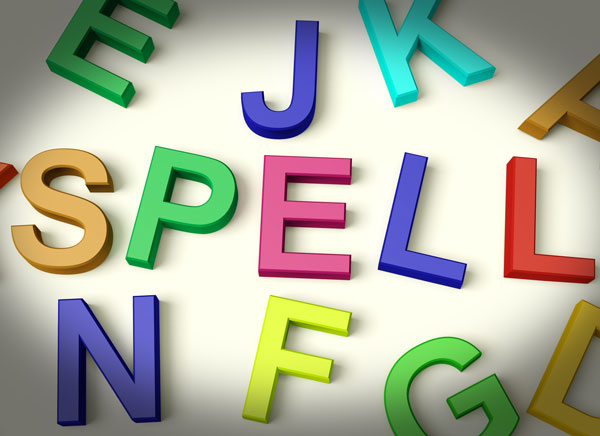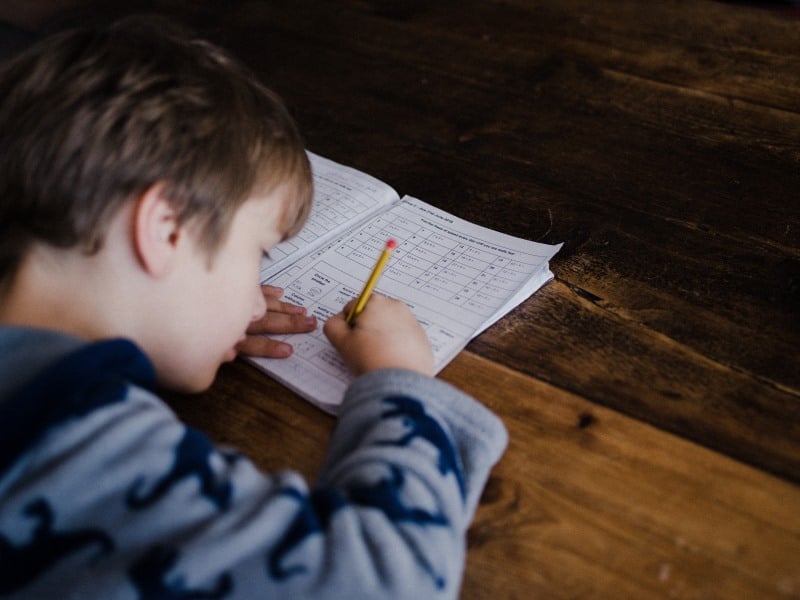
If you’re wondering why your child can’t spell, it’s probably because they need to learn phonics. Phonics is the sounds that letters or letter combinations make. Without knowing what sounds the letters make, they can not build up the sounds that form words. This also means they can not break down sounds and write out words letter by letter.
This makes phonics the most crucial part of reading and writing.
What are the basic stages of phonics?
-
Basic letter sounds (including short vowels)
-
The multiple sound letters (long vowels, hard vs. soft)
-
When to use long vs. short vowels (and diphthongs)
-
Basic Blends (ch, br, etc)
When your child is learning basic letter sounds
-
Identifying vowels and consonants
-
Focus on only short vowels and focus on sound recognition
-
Don’t focus on reading-- use pictures the child knows
-
Have them fill in short vowels in words they know
When your child is learning multiple letter sounds and long vowels
-
Identifying vowels and consonants
-
Don’t focus on reading-- use pictures the child knows
-
Practice double consonants (TT, LL)
When your child is learning when to use long vs. short vowels
-
Use diphthongs to teach patterns
-
Follow the rules of when to use long vs. short
-
Use a blend of pictures and written out words
When your child is learning basic blends
-
Understanding how letters blend together
-
Recognizing letter combinations in words, such as sh and ch
At all stages
-
Practice spelling with the letters and patterns they are comfortable with (don’t have them spell brush if they don’t know what br or sh say)
-
Use flashcards
-
Use pictures
-
Use songs
Higher-level Spelling Tips and Tricks
In addition to teaching phonics, you can use other tools like root words, prefixes, suffixes, flashcards, or word games to help improve your child’s spelling. Root words are basic words with no prefixes or suffixes attached to them. Learning and recognizing root words will help your child piece together the spelling of more complex words. It also has the added benefit of improving your child’s ability to understand new words.
Flashcards can also help your child practice spelling. They’re easy to make from home and provide a more visual way of practicing spelling. On one side of the card, you can write the definition of the word. On the other side, you can write the correct spelling of the word. Your child can learn how the words look written on paper, which will help them remember how they’re spelled.
Word games like scrabble or boggle can help make spelling more fun for your child. Games are more engaging and make learning to spell feel less repetitive and memorization based. With a good mix of fun and practice, your child will be on their way to improving their spelling skills.
Genie Academy can also help
Genie Academy’s reading program is designed to help your child develop spelling skills with phonics being taught starting from the early childhood program. Don’t wait to help develop your child’s spelling skills.
References
https://www.scholastic.com/teachers/articles/teaching-content/how-children-learn-spell/
https://www.spellingcity.com/root-words.html






